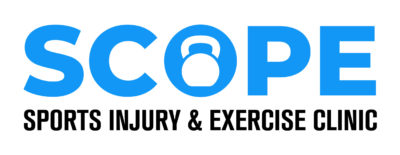A common misconception in the world of spinal rehabilitation is that strength and stability mean the same thing.
- Strength is the ability to produce force
- Stability is the ability to control force
This may not seem like a huge difference but it is when we are talking about the spine and back pain.
Stability helps you avoid certain positions. To elaborate a little more on stability, another way to think about the function of a ‘stable’ spine is its ability to resist certain position. For example, imagine you were to hold yourself at the top of a push up position, your spine would want to arch down towards the floor like a hammock if your muscles didn’t resist the force of gravity. Your spinal stabilizing muscles not only allow you to move in safe ways but they also allow you to resist dangerous positions.
Stability should be reflexive i.e. stabilization should happen automatically, without us thinking about it. Think about all the different positions you move into through an average day. Sitting, standing, twisting, walking, lifting, carrying, etc. On top of this we do these with different intentions and at different speeds. Having adequate stability is about how your spine acts when you are NOT thinking about it. How efficient is the spine at responding to changes in direction, speed or intention.
Stability should allow for better flexibility. Many people complain of chronically tight hamstrings, calfs or traps. When the body lacks adequate spinal stability the brain will use our prime movers (our larger muscles) to stabilize. This is what creates chronic tight muscles that wont let up.
Stability requirements vary in different positions. When we were born we taught ourselves some basic movement patterns. We taught ourselves how to lift our head and move it. We taught ourselves how to roll and rock and kneel, squat and walk. We couldn’t have progressed to each step until we had the stability to do so. Some people may stabilize very well when standing on one leg but may not do so well when put in a push up position. Some people may squat very well but aren’t good at lunges. Working our weaker patterns creates a more robust body.
Spinal stability is essential to maintain good health, the tricky part is finding your weaker positions. At Scope we take the time to look outside of the painful area. We want to find your ‘weak links’. These areas usually are not painful, but that’s the key to reducing pain and optimizing movement for the long run.
Daniel Rothenberg, Sports Chiropractor @ Scope Chiropractic
